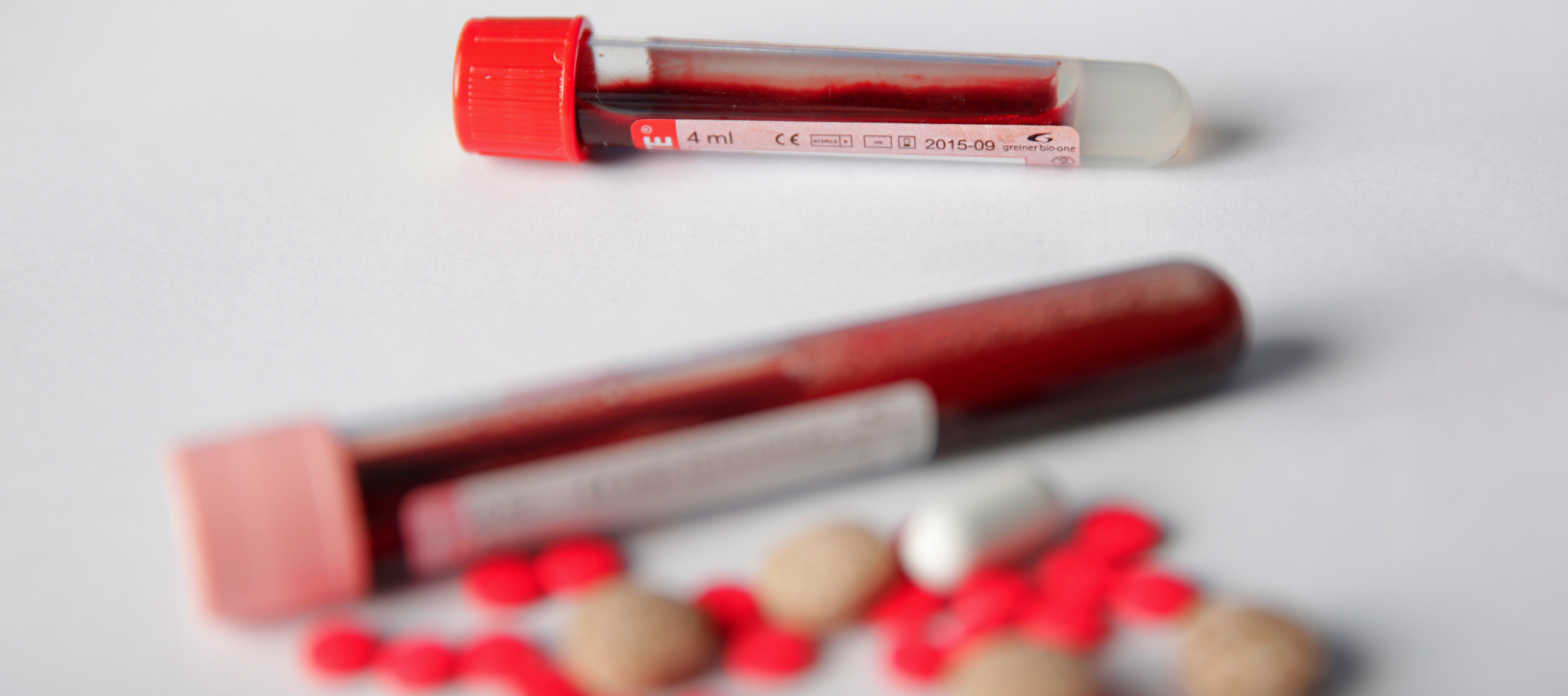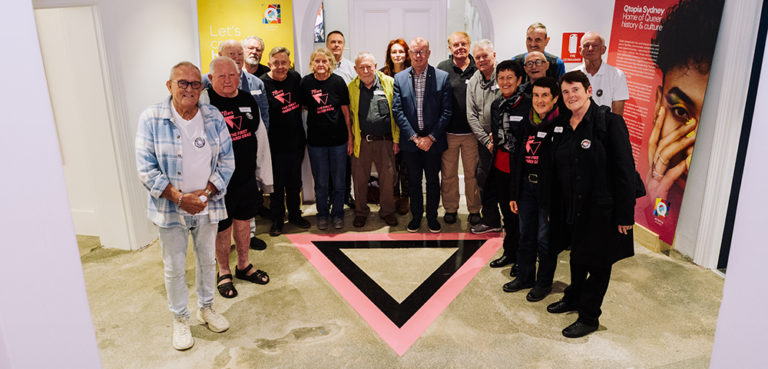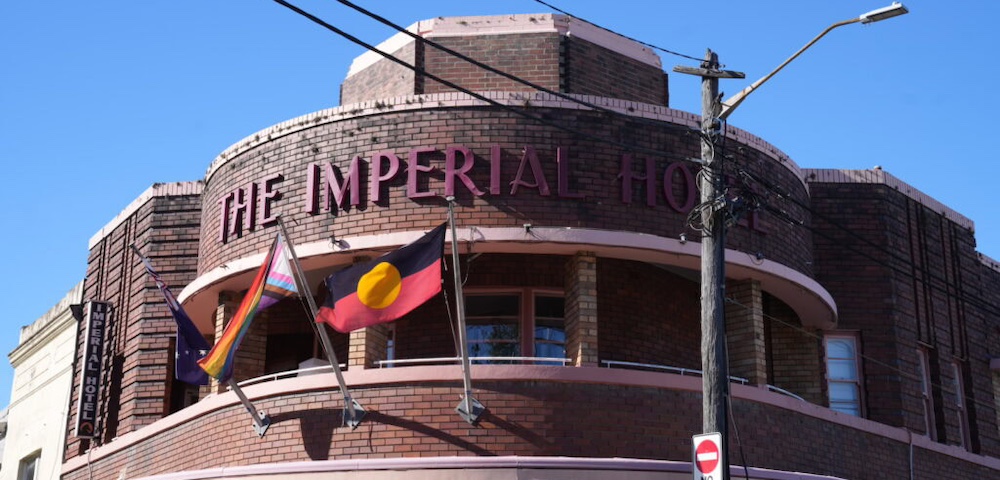
New Data Shows Increase In STIs, Holds Hope For Virtual Elimination Of HIV

National surveillance data on Australia’s sexual health shows increases across sexually transmitted diseases, but hopes for virtually eliminating HIV remain high.
Conducted by UNSW’s Kirby Institute, the research shows national syphilis diagnoses have almost doubled, and gonorrhoea more than tripled, with researchers concerned about rates of testing.
Only 16 per cent of Australians aged 16–49 years had ever been tested for a STI, with only one in two people having ever discussed sexual health with their health care providers.
“These data, on a backdrop of rising STIs, are concerning,” said epidemiologist and lead researcher, Dr Skye McGregor.
“Chlamydia, gonorrhoea and syphilis are easily treated and cured with antibiotics. Early testing, diagnosis and treatment prevents serious outcomes. HIV, while not curable, is highly treatable, and diagnosis and starting effective treatment early prevents poor health outcomes and interrupts onward transmission.
“It’s important that everyone who is sexually active discusses sexual health with their partners, practices safe sex, has regular STI testing, and talks to their health care provider about their sexual health.”
Of the 44,000 gonorrhoea diagnoses, 7 in 10 were in men, indicating that there was more frequent transmission through male-to-male sex, which researchers attributed a gradual decline in the use of condoms given the availability of HIV prevention strategies like PEP and PrEP.
Last year saw more than 100,000 diagnoses of chlamydia, half of which were among people aged 20 to 29 years.
“Although chlamydia diagnoses are not increasing at the same pace as syphilis or gonorrhoea, it is still the most common STI in Australia,” said Dr McGregor.
“The risk of chlamydia can be reduced by using condoms and regular testing to ensure you know your status. If you are sexually active, particularly with a new partner, STI testing is crucial. A test for chlamydia is very straightforward, and the treatment is usually a single dose of antibiotics. Just speak to your health care provider.”
STI rates remain higher among First Nations peoples, with chlamydia diagnosed at more than twice the rate, gonorrhoea almost four times higher, and syphilis more than five times higher than in non-Indigenous people, with gaps even starker in regional and remote areas.
“What’s needed now is real investment in culturally safe, community-driven health promotion, testing and treatment,” said Bundjalung-Gumaynggir man, Robert Monaghan, Manager of the Kirby Institute’s Yandamanjang First Nations Health Research Program.
“Declaring syphilis, a Communicable Disease Incident of National Significance is an important step. Sustainable change depends on culturally safe, community-led action.”
HIV rates declining, but more to be done before 2030
Although there’s been an increase in HIV diagnoses over the past two years, the overall trajectory remains positive, with a decline of 27 per cent in the past decade.
Of the 757 diagnoses made in 2024, 62 per cent were attributable to sex between men, 27 per cent to sex among heterosexuals, and the remaining 3 per cent to injecting drug use.
CEO of Health Equity Matters, Dash Heath-Paynter, said diagnoses had been unusually low during the COVID-19 pandemic, with risk behaviour and testing rates dropping significantly.
“We’ve had great success in reducing HIV in Australia over the past decade, driven by strong community leadership and rock solid political leadership,” he said.
“The long-term trend is clear: Australia is closer than ever to achieving the virtual elimination of HIV transmission. The recent small increase needs to be seen in the context of coming off a very low base during the pandemic years.”
However, the new data also revealed persistent inequities that need to be addressed to ensure people aren’t left behind or slip through the cracks.
“HIV diagnoses have more than halved among Australian-born people over the past decade. But for people born overseas, no reduction has been observed.”
“We need to urgently implement health services co-designed with the communities they serve. That is the best way to raise awareness of HIV, increase use of proven prevention strategies, encourage testing and improve access to care.”
An increase in diagnoses can also be explained by a high number of late diagnoses, with one in three considered late, meaning people have have been unknowingly living with the virus for years.
51 per cent of HIV diagnoses in heterosexual people were classified as late.
“Making HIV testing easier and more accessible, including self-testing, is essential so people can know their status and connect with care,” said Heath-Paynter.
Researchers and advocates hope to virtually eliminate domestic HIV transmissions by 2030, with Scott Harlum, President of the National Association of People with HIV Australia, saying it was important to remember that each of the 757 diagnoses made last year represented individual people.
“There is a face and a name behind every one of those ‘data’ – each with lived experience of the reasons why health systems have failed to prevent HIV transmission,” he said.
“This reinforces the critical importance of people with HIV sharing our lived experience so that we can build a better understanding of HIV and effectively plan a response which enables year-on-year declines in new cases until we reach the virtual elimination goal.”










Leave a Reply